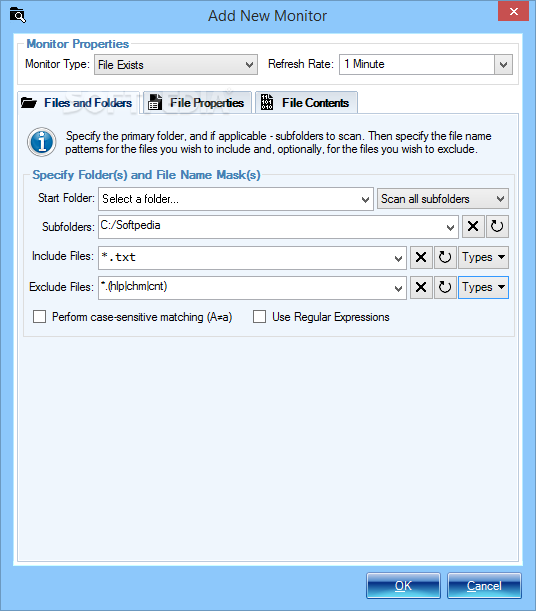
To use batch download, you must have a valid EZID login account.

Unlike the OAI-PMH interface (described here) that only returns public identifiers, batch download is aimed at clients retrieving all identifiers and metadata that they own. Image courtesy of Fresno County Public LibraryInitially, the feature is available only via EZID’s application programming interface (API).

Clients can actually download everything they own or just a subset, such as only their DOIs or only their test identifiers. We call it “batch” download, because EZID returns all requested identifiers in one large file. The third section is titled "Analyze data." The third section says, "Use AWS and third-party services to analyze your data to gain insights." Nearby icons show ways of analyzing data: "artificial intelligence (AI)," "advanced analytics," and "machine learning (ML).EZID has just implemented a feature allowing clients to download a copy of all or some of their identifiers and descriptive information (i.e. The features are "Control access to data," "Optimize cost with storage classes," "Replicate data to any Region," "Access from on-premises or VPC," "Protect and secure your data," and "Gain visibility into your storage." The second section also has icons that show Amazon S3 features. Upload any amount of data." A nearby illustration shows a bucket that contains a square, a circle, and a triangle. The second section has more text under the heading "Store data." The text says, "Create bucket, specify the Region, access controls, and management options. The second section is titled "Amazon S3." The second section says, "Object storage built to store and retrieve any amount of data from anywhere." The second section has an illustration of an empty bucket.

The first section is titled "Move data." The first section says, "Move your data to Amazon S3 from wherever it lives – in the cloud, in applications, or on-premises." Nearby icons show different types of data: "analytics data," "log files," "application data," "video and pictures," and "backup and archival." The first section has an illustration of a database, a server, and a document. Three sections display from left to right. The diagram shows how to move data to Amazon S3, manage stored data in Amazon S3, and analyze data with other services.


 0 kommentar(er)
0 kommentar(er)
